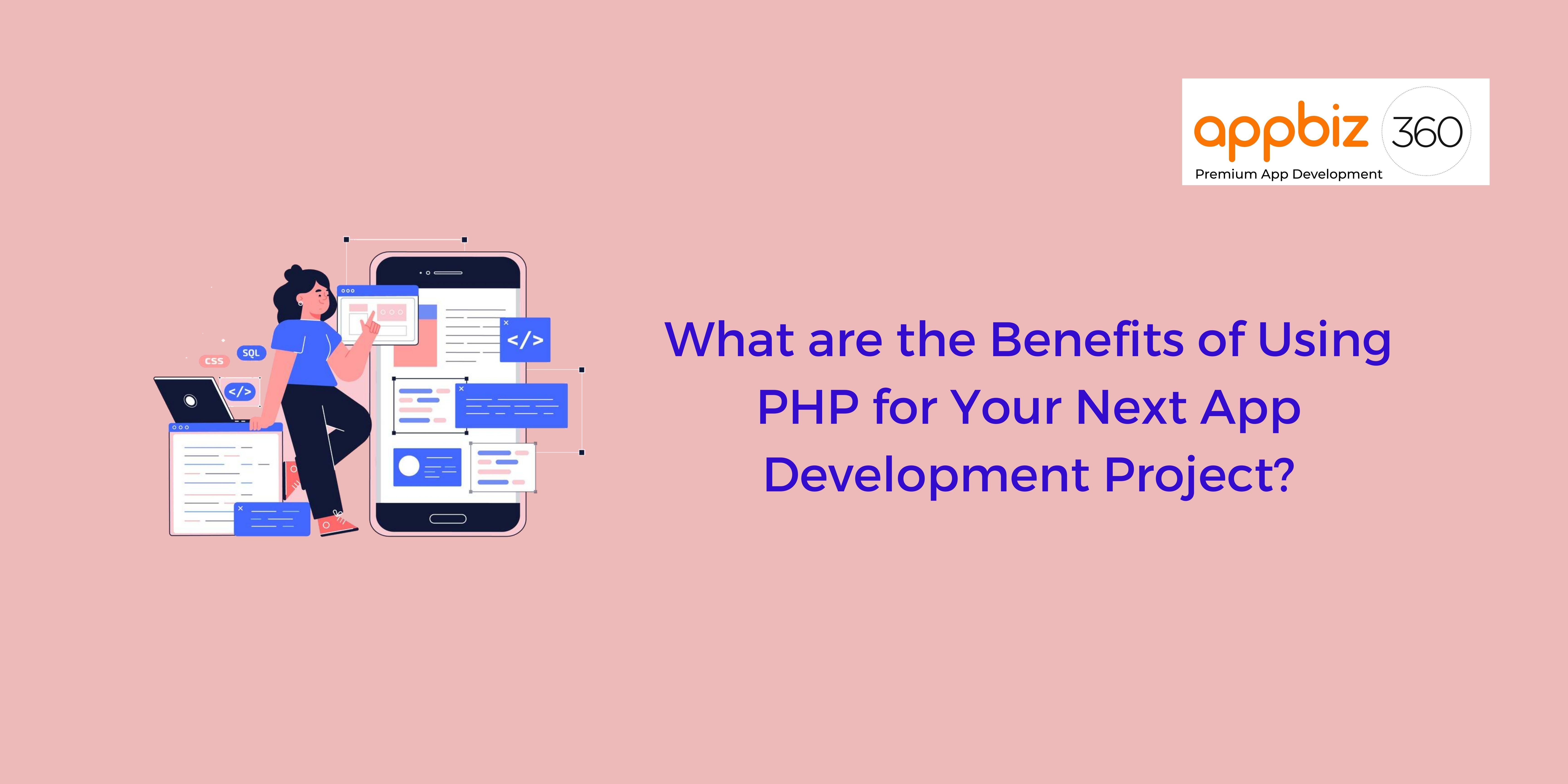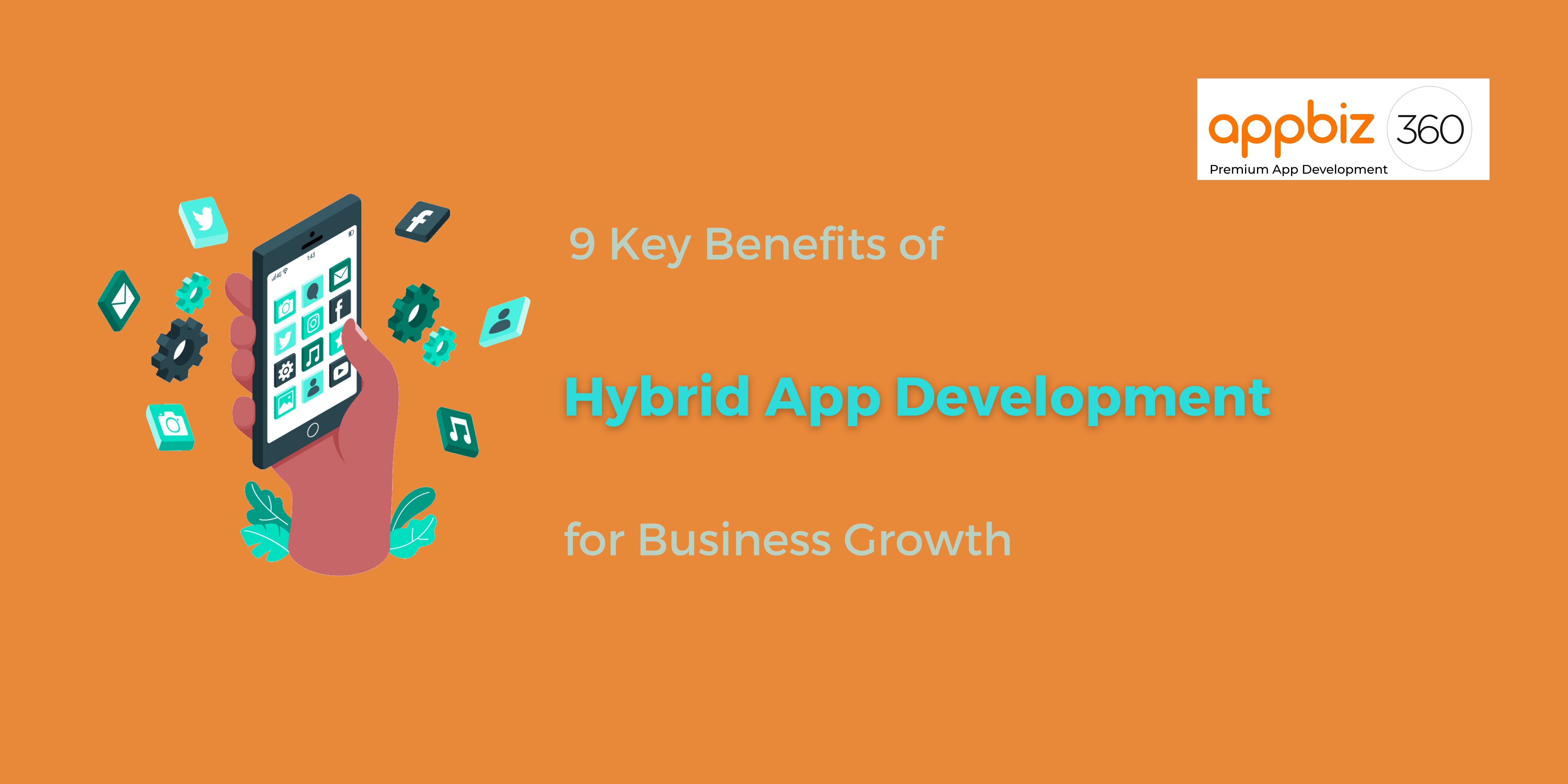Follow Us
Mobile App Development
Here’s Why You Should Choose React Native for Mobile App Development

Looking to develop a mobile application for your business? If so, there is a variety of options you can choose from – a hybrid app, or a native app for Android and/or iOS? Or, do you need a cross-platform app that can work on two different OSs at once?
That is the reason why choosing React Native will be the best bet when developing a reliable, secure, scalable, and high-performing application for your business. In fact, apps built with React Native are what businesses prefer when it comes to reaching a wider audience.
Let’s find out why choosing React Native for creating a feature rich and robust app is a smart move you will make in favor of your business.
- Create Your App Fast
Just like React, React Native is a great framework that makes use of components for creating mobile UI (user interface). As a JavaScript framework, frontend developers find it a lot easier to get familiar with React development so they can learn how to build mobile apps with its native counterpart.
Moreover, if you are looking to create an app for (Android & iOS), it won’t take much time to deliver a project using this framework - React Native. When it comes to using Java and Swift/Objective-C, you would have to build two standalone applications. However, this is not the case with React Native. With it, even 95% of codebase can be shared, which signifies you can considerably cut time to market.
- React Native is Community-driven
Being an open source framework, React Native allows the entire developer community to analyze the documentation regarding this technology free of cost. Also, it enables them to contribute to it whenever they want.
React Native is a framework that’s completely community-driven. With this framework, you can reach out for guidance you may need from other developers. You can also search for suitable information and assist other developers struggling with something.
Developers can make the most of the community by asking other developers to analyze or give appropriate feedback on their current undertakings. Moreover, developers are encouraged to share their learnings, which makes for a great collaborative experience for everyone involved.
- Reusable Code & Pre-built Components
Maybe this is the most significant advantage of React Native framework. With the ease and convenience of this framework, there is no need for developers to create a separate mobile application for each platform, as almost 90 percent of React Native code can be used again between Android & iOS.
For organizations that are looking to create a mobile app, React Native is an ideal solution that can not only the time and cost in half. Also, if a company has a web application written in this framework, much of this code can be used again for developing a mobile application.
An open-source library of pre-built components in this framework quickly accelerates the process of developing a mobile app. It is liable that somebody has already written the code for a couple of functions you need to use in your app and that you can it for free of charge.
- Saves You Time & Money
React Native is compatible with Android and iOS because 95% or more of the code is cross-platform. A mobile app developer Dallas only need to develop one app and in the end, two applications are built. So it saves time in developing an application, which saves a great deal of money that may have been put into creating separate apps.
With React Native, businesses can have both apps simultaneously for little more than half the cost of creating one version. No longer will companies have to pick which version to create and launch first due to the cost of creating two separate applications. Moreover, updates and maintenance are performed on both apps at once. As a result, it saves on costs once the applications are developed as well as launched.
- Short Development Time
React Native is an amazingly popular choice for those looking to get an app built within the stipulated time frame. This short development team is possible, which is why React Native apps share a large amount of code. There are many cases when the development time can be extended considerably. For instance, there can be a difference in layout and styles. However, it depends on your preferences and design features like navigation, animations, etc.
- Modular Architecture
Modular programming – a popular software design technique – ensures the segregation of program functions into free and interchangeable blocks known as modules. It makes the app building process more adaptable by assisting developers use each other’s projects whenever required. Also, it gives a boost to the collaboration of the team required to generate and receive updates. React Native developers can also gain from its instinctive modular architecture. The modules can be used again while working with mobile and web APIs (Application Programming Interfaces).
- Great Mobile Performance
Mobile apps built with React Native are not web apps, but standalone native applications, just like the ones developed with Java, Swift, or Objective-C. It signifies that you can use the framework for building mobile applications that seem no different to Android or iOS apps in terms of performance. This comprises of the hardware of the device, third-party plugin support, mobile UI (user interface), etc.
While hybrid or mobile web applications do not offer performance complementing with native apps, this is not the case with React Native.
- Native Code
While you can create complete native mobile applications with React Native, you can use platform-specific languages like Java, Objective-C, or Swift. A possibility to merge React Native with other programming languages will benefit you, for example, if you are looking to add third party services to your application, which are written in other language. In programming, it is the technique known as bridging.
- Third-Party Plugins
There is no question that most of the frameworks in use don’t allow for third-party plugins mostly due to problems concerning the security. This great framework enables developers to add third-party plugins. One of the best things about React Native is that it is very flexible with customization offerings.
- Live Reload
The platform we call React Native might be considered as the mobile next step after React: It not only develops on the React ideas but also allows you to build robust mobile apps. Moreover, the features of this framework an exciting extra that cannot be found in the native frameworks – the live reload feature, which enables you to see the result of the latest change right away that has been made to the code.
- Strong and Effective Performance for Mobile Environments
The React Native architecture is well tuned to mobile devices. It uses the GPU (short for Graphics Processing Unit). Native platforms, on the other hand, are more CPU (Central Processing Unit). React Native is extremely fast compared to hybrid technologies, which used to be the only option earlier.
- Quick Updates for Your App
Publishing updates for an application used to take a lot of time, which required developers go through a build process again with each application independently. However, this is not the case anymore when React Native was implemented. Both applications can be updated at the same time and the whole process is simpler. It can even be carried out more quickly. As you create updates and enhancements for your users, developers put them into action through OTA (over the air) updates. These are implemented even as users are using the app. When the app is opened the next time, the user can get the update.
Created by Facebook in 2015, React Native is a development framework used by mobile app developers not only to save time but also rapidly build mobile apps. Although it was first launched as an open-source project, React Native turned into one of the most sought-after solutions for effective mobile app development within a few years of its release.
If you are looking for a React Native app development, contact appbiz360 – a trusted and leading Mobile App Development Company in Dallas, TX.
Latest Posts
appbiz360 NEWSFEED
Sign up for the appbiz360 newsfeed by adding your email address in the form below:

















